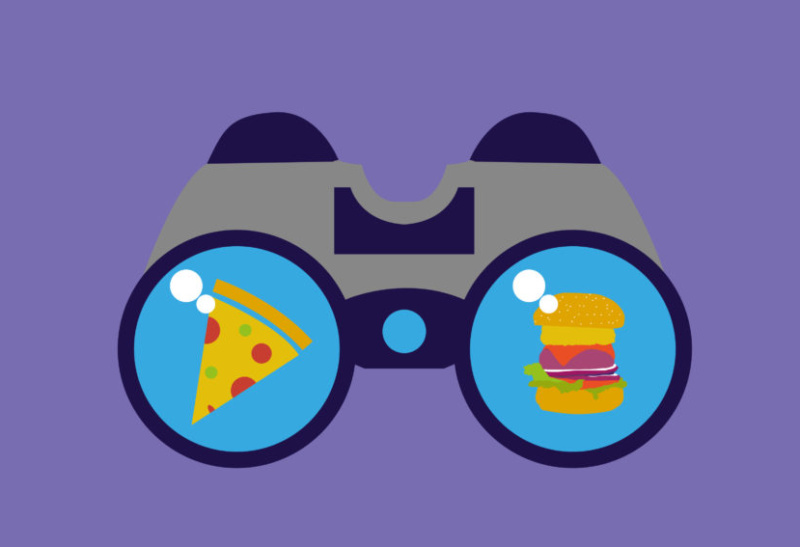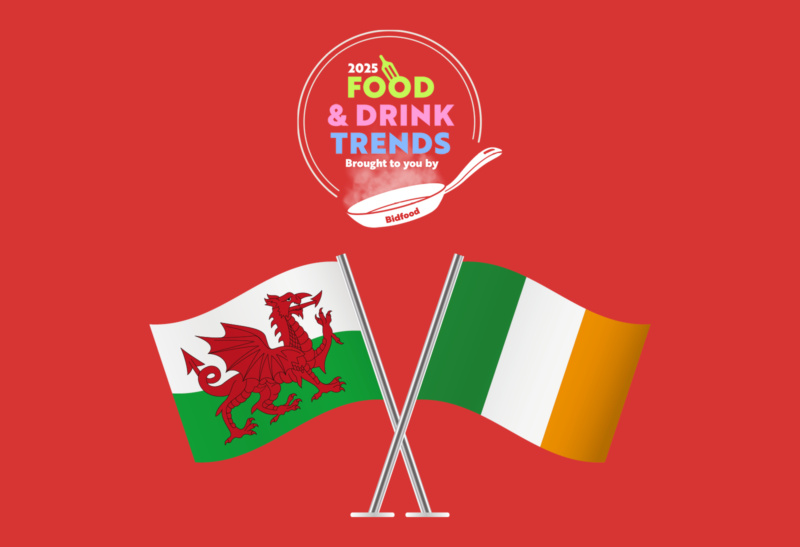Good value for money
The number one factor to consider is value, with 50% of consumers thinking it is important when deciding where to buy food and drink out during the day1. Value is essentially, the satisfaction the customer experiences in relation to the cost. Value does not refer to price, but the perceived benefits offset against the price. Customers think about other similar products that they have had before and compare these when deciding the value of a product. Therefore, take into account what your customers experience on the high street to understand what they may perceive as good value.
The importance of value to customers is increasing with a 2% increase in good value as a consumer need2. Your outlet can improve customer value by understanding what it is that is important and valuable to your customers and reviewing the opportunities to offer them value. It isn’t necessarily about lowering prices, but making prices seem low in comparison to what you are offering.
Here are our top tips to provide further perceived value for money in your outlets:
- Make use of discounts, such as meal deals
- Make your environment as hospitable as you can for your customers
- Train your staff to provide quality customer service. Being welcoming and going the extra mile for customers has to be a must
- Use brand credentials to outline the quality of what you have to offer
- Highlight ethical/sustainable factors that the food you are selling have (i.e. Red Tractor or MSC approved food)
Great taste and flavours
Taste is the second key factor to be considered when customers are making food related decisions, with 47% of consumers thinking it is important when deciding where to buy food and drink out during the day1. Taste is an obvious way of encouraging customers to choose your food since it is one of the main reasons people buy food after all!
It is important to consider the other senses which impact taste. It is often said that we eat with our eyes, this is true and presentation has a large impact on taste. The smell and textures of the food also greatly affects how the brain perceives the taste. “Taste” is actually a mixture of smell, taste and touch into one sensation3. This should be considered at all stages, from presenting the food you have to offer so that the aromas of the food on offer lure your customers in, to the ingredients used to create the flavours.
Taste is vitally important in encouraging customers to consider choosing your offering by providing your customers with the opportunity to try new trends to excite their taste buds. These new tastes and flavours you can offer provide a great opportunity to encourage repeat purchases as a result as it helps to stop your offer potentially becoming samey. For ideas on new flavours, go to: www.bidfood.co.uk/inspiration/2018-food-trends/.
Good quality food
Finally, the third factor consumers consider when buying food and drink is quality. 45% of consumers think that is important when deciding where to buy food and drink out during the day1. Quality does not just have to be just about the food and drink you provide but also:
- Customer service
- Presentation
- The environment in which the food/drink is served
- Your food and drink offer being fit for purpose
- Value for money
- Variation in what is offered
Quality is important to customers because mealtimes can be an important part of their working day and a topic of conversation among friends and colleagues. So try to make your offering imaginative and different to engage your customers so that they are excited about your food. Innovate to avoid repetition, but keep to safer trends like Asian and street food. Most importantly, consider what your customers will view as good quality.
The key thing to do to improve quality is to constantly improve. This may sound like something which is easier said than done, but it is as simple as getting everyone in your catering team working towards the common goal of quality and continually thinking of ways in which they can improve it!
Overall, it is important to consider all three factors and a combination of them, in order to meet customer needs and to encourage your customers to visit your outlet. However, it is important to consider that there are also other factors which impact where customers consider buying food and drink such as freshness, healthiness, ability to meet dietary requirements, convenience, speed and price. In summary, there are a number of key factors to consider, but to help you with providing the best offer, it is imperative that you look in depth at the process behind your customers’ decision making to purchasing food and drink at your sites so you can tailor your offer more to their need.
1Daytime Diets and Meal Planning Research, ABA, 2018
2MCA Contract Catering Report, 2017
3 The Guardian, 2013



